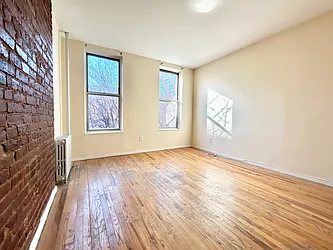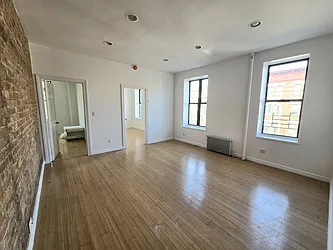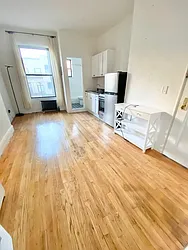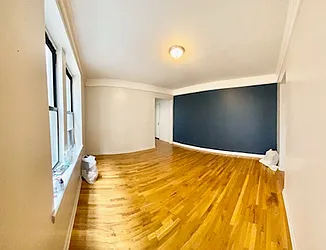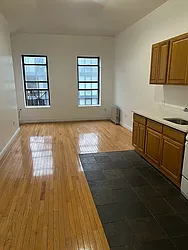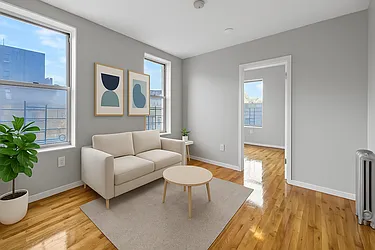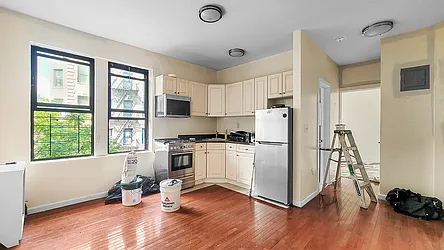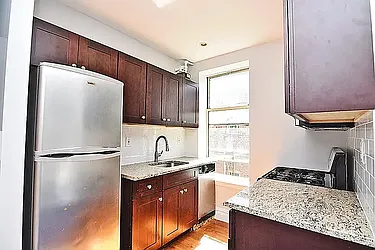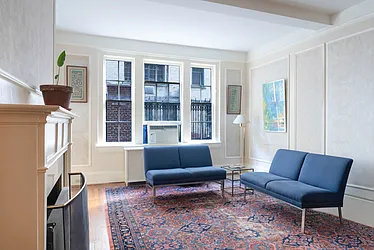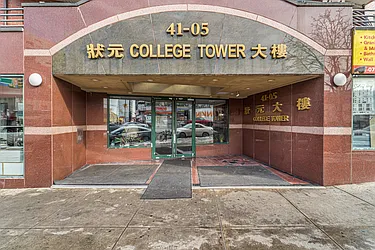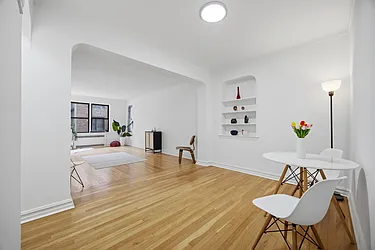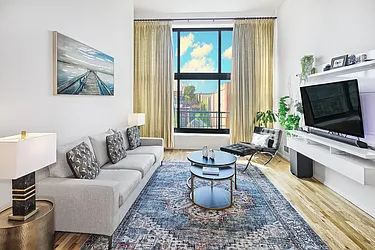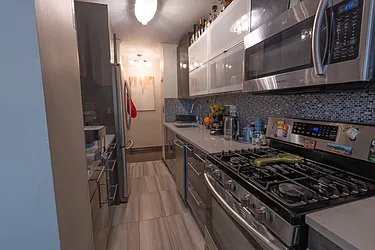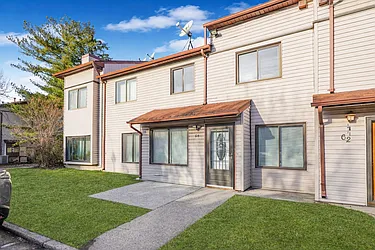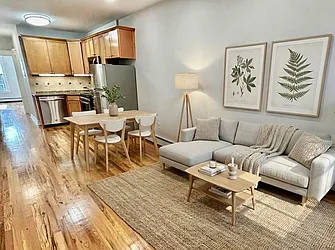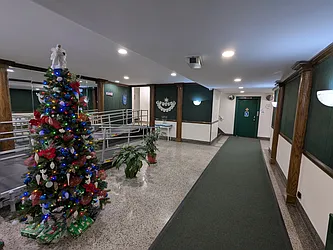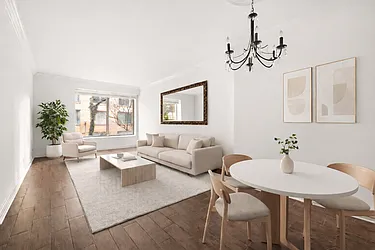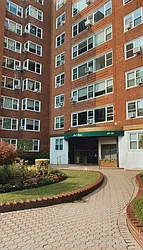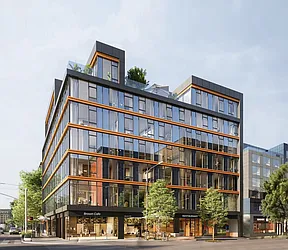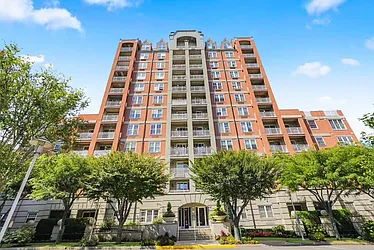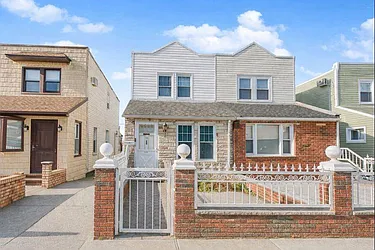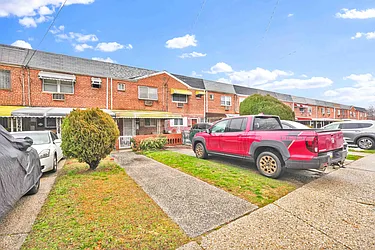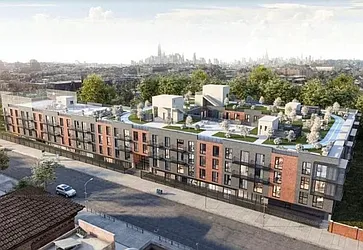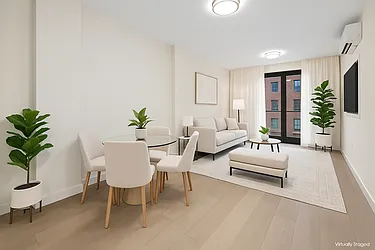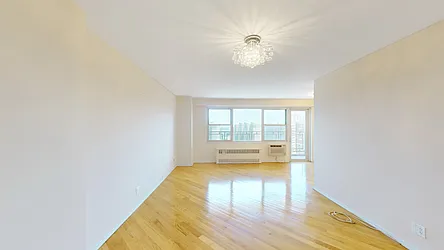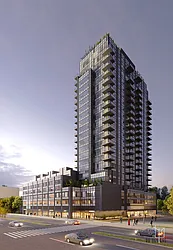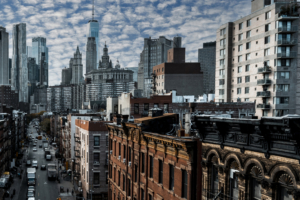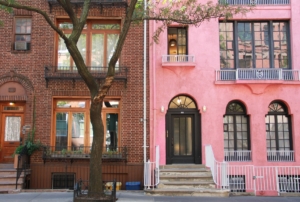In 2020, the COVID-19 pandemic upended New York City’s economy and housing market, as well as many of our predictions from last year. Unlike other large cities nationwide, New York saw record numbers of vacant apartments hitting the market, leading to the lowest rents in more than a decade. On the other hand, strong buyer demand returned to a sales market that had been cooling for nearly three years.
In 2021, the city will face a long recovery. The pandemic and the rise of remote work have led to lasting preference changes among renters and buyers that will shape New York for years to come. Here are StreetEasy’s 2021 NYC housing predictions.
NYC’s Economy Will Face a Long Recovery, Pushing Rents Even Lower
The road to recovery in 2021 will be slower and more difficult in New York City than in many parts of the country. NYC has been both the epicenter of the COVID-19 pandemic and the epicenter of a national economic downturn, seeing the worst job losses among 82 metro areas in the nation. As many as one third of NYC’s 230,000 small businesses had permanently closed as of July. The industries most vulnerable to COVID-19 shutdowns — leisure and hospitality – shed nearly half their jobs. As of October, the city’s private sector had lost more than half a million jobs compared to 2019.
A weaker economy means a weaker rentals market, and in October, median asking rents in Manhattan had already dropped to $2,880, the lowest level seen since 2010. Rental demand will not return to pre-pandemic levels until jobs return, and recreating more than half a million jobs could take considerably longer than successfully rolling out a vaccine. Rental inventory also reached record highs this year, with a citywide 123% annual increase in October. Until the rate of renters moving back to the city surpasses the rate of inventory coming onto the market, rents will fall as the glut of inventory grows.
A weak economy impacts everyone in the city, and the consequences of it are starting to become clear. New York state faces a projected $59 billion revenue shortfall through the next two years, and the city alone has lost $9 billion in revenue from sales, personal, and income taxes. The MTA faces the largest budget hole in its history, and has proposed plans to reduce subway service by 40% if it does not receive $12 billion in federal aid.
Manhattan 1-2BR Rentals Under $2700 on StreetEasy Article continues below
Whether the city’s recovery takes one year or more is ultimately contingent upon unknown factors, including when a vaccine will be distributed, whether the city receives federal aid, and how many New Yorkers will permanently leave — and take their income taxes with them. But economically speaking, 2021 looks to be a long and difficult year for New York City.
2021 Will Be a Busy Year for Home Shopping, If Sellers Price Accordingly
However, what’s true for the city at large isn’t necessarily true for all residents. In 2020, the COVID-19 pandemic affected different groups of New Yorkers in dramatically different ways. In a tale of two cities, pandemic-related job losses disproportionately impacted outer-borough residents and lower-wage workers, devastating whole neighborhoods, even as it left higher-income workers relatively untouched. Many wealthier New Yorkers who held on to their jobs even saw a financial boost from this year’s rally in tech stocks. In 2021, New Yorkers with the means will take advantage of the unusual market, fueling a busy year for home sales.
Buyers have already made a swift comeback since the reopening of the NYC economy this summer, driving brisk home sales this fall. In October, in-contract deals rose to peak home-shopping season levels, with Brooklyn hitting a new record of 824 pending sales. At the same time, sellers are accepting offers more in line with the record high supply of homes on the market. In 2020, an annual record high of 74% of homes sold below their original asking price.
NYC 1-3BRs Under $800K on StreetEasy Article continues below
All this sales activity shows that, when the city is not under a mass lockdown and sellers are willing to negotiate, buyer demand for homes in NYC is high. Mortgage rates remaining near all-time lows, pent-up demand, and good discounts will keep that demand high in 2021. With a steady drumbeat of vaccine news coming, 2021 will become one of the busiest home shopping years we have ever seen.
Fears of a Lasting Urban Exodus Will Subside
In 2020, the pandemic triggered fears of a permanent urban exodus and the death of the city. This narrative is nothing new: Throughout history, people have left urban centers as a result of pandemics and economic downturns. But they have always come back.
When the pandemic ends, New York City will still be one of the only places in the country where people can enjoy the best food in the world on any budget, attend a free concert pretty much everyday in the summer in Central Park, grab a late-night drink in a bar, and watch performances in the city’s 640 theaters — the most of any city in the world. The pandemic has made these opportunities off-limits, but as soon as soon as people can gather again, they will remember that there is no place on earth like New York City. With the vaccine coming in 2021, we will see enough New Yorkers moving back for fears about the “death of the city” to subside.
StreetEasy surveyed more than 1,500 New Yorkers on whether they had left NYC as a result of COVID-19. We found that 22% of New Yorkers had left but with plans to return, or had already returned by the time of the survey in October. While our data shows that some New Yorkers have temporarily left, there is no evidence that permanent moves out of the city are happening on a large scale. Zillow, StreetEasy’s sister brand, found that homebuyer searches for suburban homes relative to urban or rural homes were no higher than they were a year ago.
It’s important to keep in mind that the restoration of pre-pandemic New York will not happen overnight. Slowly, however, the old vibrancy and energy will return, and when it does, people will remember the city as the best place for innovation, culture, job opportunities, creativity — and for gathering with other people, just as they have for centuries.
Brooklyn Will Become the Default Choice for New Yorkers Who Plan to Stay
Brooklyn has always been a hot market, but in 2021, the borough will become the default home for shoppers who no longer worry much about commute times. Since the pandemic, more New Yorkers have been buying in Brooklyn than ever before, leading to an all-time high of 824 pending sales in October 2020. Inventory, however, still sits at record highs, leading prices to fall 2.4% year over year in October.
It comes as no surprise that Brooklyn has become the top choice for New Yorkers who are working or schooling from home. A survey of homebuyers on StreetEasy highlights that many New Yorkers’ home preferences changed as a result of the pandemic. Respondents cited extra space (47%), outdoor space (38%), in-unit laundry (36%), and proximity to parks and public green spaces (31%) as bigger priorities than they were before. Brooklyn provides all of these features at lower price points than Manhattan.
Brooklyn 1-3BRs Under $900K on StreetEasy Article continues below
MTA budget cuts could diminish Brooklyn’s popularity among renters, but not likely for buyers. As we saw in the months leading up to the since-cancelled L train shutdown, rents fell precipitously in Williamsburg, while prices actually rose. Cuts to transit service strongly dissuade renters, but not buyers, who are making long-term decisions.
Manhattan’s Character Will Change as It Welcomes a Wider Variety of Incomes
Manhattan’s cultural offerings, unique history, and iconic neighborhoods have an appeal unlike anywhere else in the city. These factors will continue to make the borough desirable, even as remote work becomes permanent for many New Yorkers. In 2021, a wider range of New Yorkers will be able to afford to live in Manhattan. After 10 years of uninterrupted growth, Manhattan rents fell by 9.1% year over year in October — back to 2010 prices. New York’s most famous borough will never be cheap, but it will become more accessible to residents of a broader range of incomes.
Pre-pandemic Manhattan was home to the most expensive restaurants in the city, the most expensive homes for sale, and one of the world’s most expensive shopping streets, making it a playground for the ultra-wealthy. This year, however, many luxury retail chains have vacated, leaving storefronts on Fifth Avenue and in SoHo empty. These departures, coupled with the near-term decline in rent prices in Manhattan, give reason to believe that the new businesses starting up in post-pandemic Manhattan may cater to New Yorkers and visitors on a wider range of incomes than the old ones did. Lower real estate prices all around will shift the character of the borough, making it less branded and less gilded, but more equitable, more diverse, and perhaps even more liveable.
—
Whether you’re looking to rent or to buy, find your next NYC apartment on StreetEasy.

